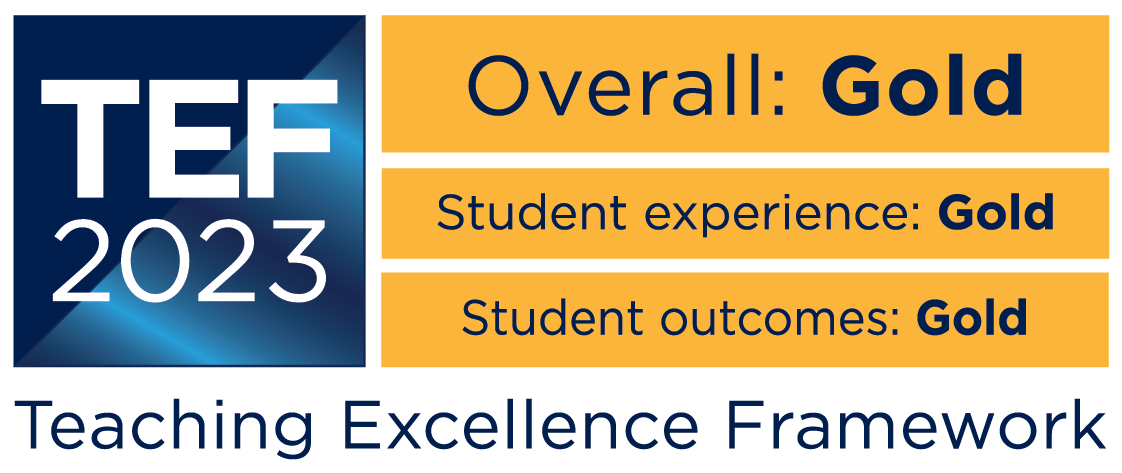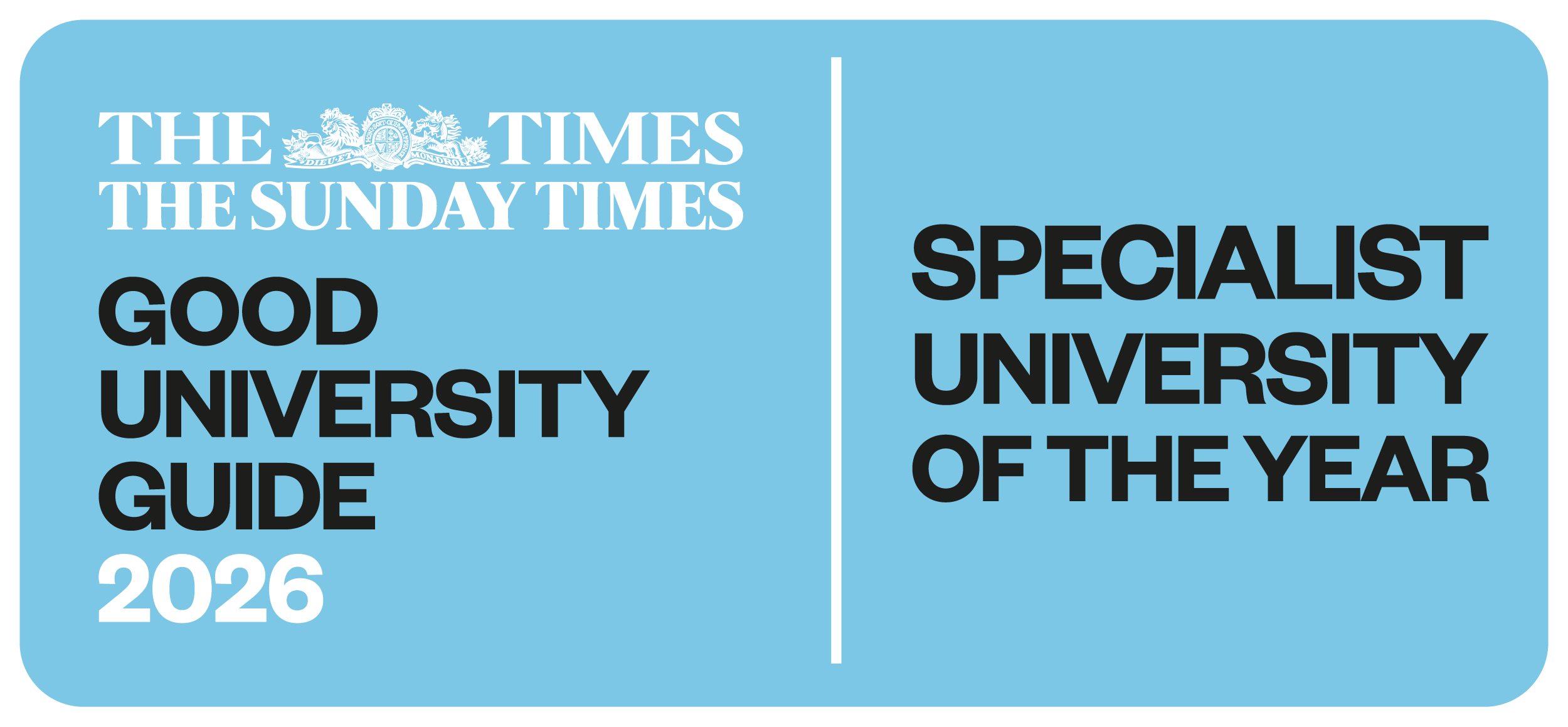A Hartpury University postgraduate student has found that eccentric resistance training (ERT) may be used to enhance physical qualities whilst reducing injury risk factors in young female ballet dancers. Beth Wood, supervised by Dr Ben Drury and Dr Laurence Protheroe, picked up the best poster prize at the recent UK Strength and Conditioning Association (UKSCA) Conference for the research.
The findings from the project can help improve the performance and health of female youth athletes in ballet as well as other sports.
The study, titled ‘Could Eccentric Resistance Training be Effective for Youth Female Ballet Dancers? A Pilot Study’ made comparisons between ERT and dance-studio based strength training (DBST) over a five-week period. As eccentric muscle actions can produce up to 20-50% more force than concentric muscle actions, the novel ERT training programme included equipment such as flywheel inertia training during the squat exercise to overload both the eccentric and concentric phases of the exercise.
The findings showed that ERT was beneficial for improving both jumping and landing performance which has important implications for ballet dancers as they perform around 200 jumps within a 1.5-hour class! Since producing and absorbing forces are essential to ballet dances, the findings from the research project provides important information to improve both youth female ballet dancers’ performance as well as reducing their potential risk of injury.
Reflecting on her study and its findings, Beth said: “The demands young dancers are placing on their developing bodies and the high injury rate present in youth ballet can’t go unnoticed. As part of my MSc Strength and Conditioning, it seemed fitting to investigate more efficient ways of training young dancers to better prepare their bodies for such demands.
“We analysed jumping ability and landing mechanics pre and post a five-week ERT programme. It was brilliant to be able to use gold-standard testing equipment from Hartpury University such as portable dual force plates, allowing me to test my dancers in their usual training environment, making the study as accessible as possible to them.
“The support from my lecturers throughout my study was second to none, they were always on-hand to answer any questions, however big or small. They were always enthusiastic and supportive towards my study and kept me motivated throughout.”
Dr Ben Drury, Senior Lecturer and MRes Sport and Exercise Science Programme Manager, said: “Unfortunately, there is currently limited research within female youth athletes so hopefully Beth’s findings can encourage further work to continue in this area.
“We’re really proud of Beth’s accomplishment. Winning such an award is great at any stage of one’s career but to achieve it with her postgraduate research project is a brilliant achievement. Beth is another example of our graduates who are able to blend both research and applied skills together to make a positive impact.
A key research priority for our department moving forward is both female and youth athletes, so if clubs, organisations or schools require support in this area then we would love to hear from them to discuss how we could work together to improve aspects such as performance, injury risk and health.”
Research at Hartpury
Students and staff are strongly encouraged to carry out research projects with the potential to have an impact on their respective industries. Research carried out by Hartpury University, submitted as part of the Research Excellence Framework (REF) 2021 process, has even been recognised as ‘world-leading’ and ‘internationally excellent’, placing Hartpury amongst a prestigious group of well-established institutions. Each summer, the institution hosts an annual Research Conference giving students a chance to present the findings of their projects. As in Beth’s case, undergraduate and postgraduate students also have the opportunity to present their work at industry conferences and events.








